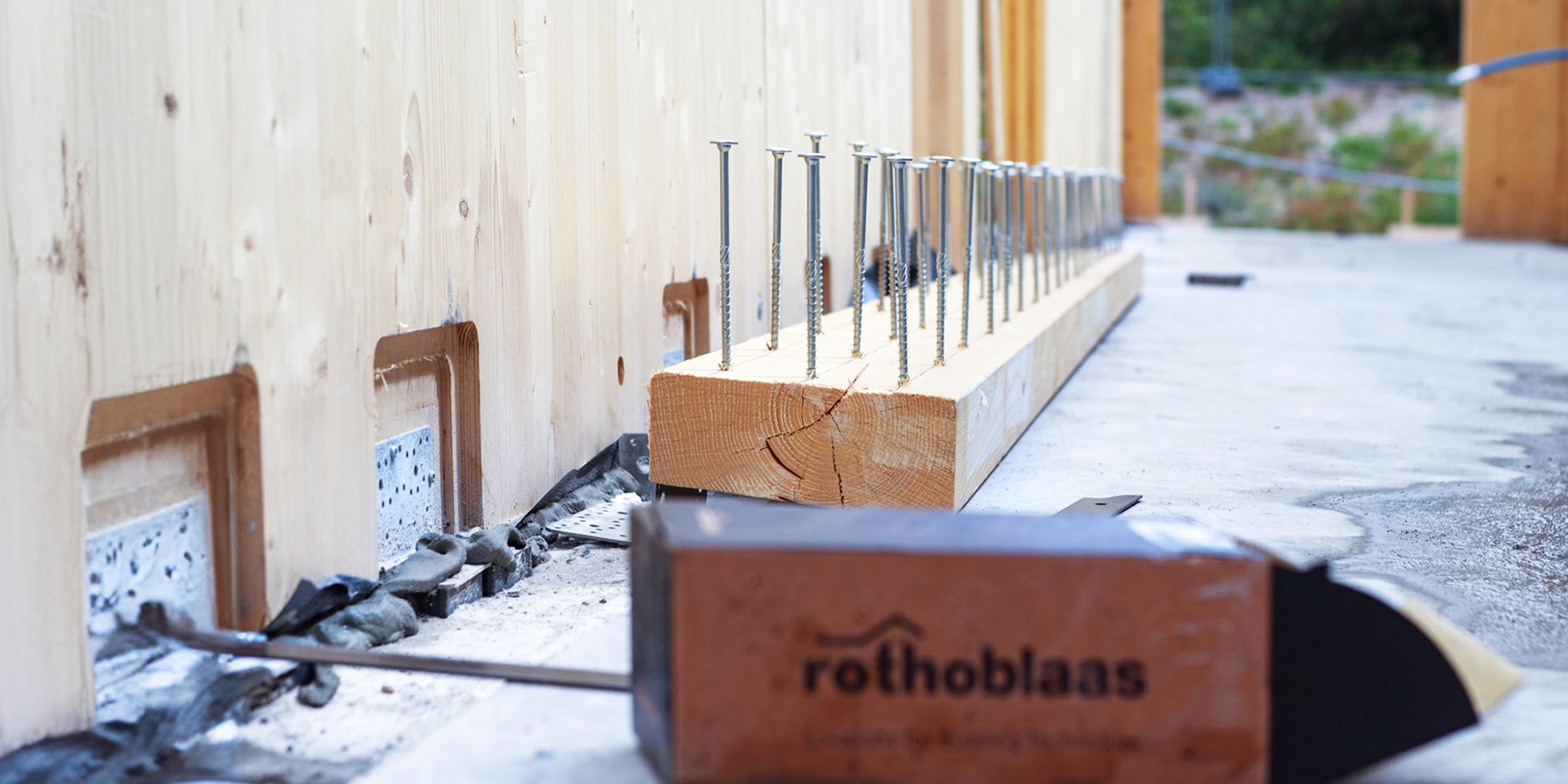
What is Design for Assembly in the construction industry?
The definition of Design for Manufacturing and Assembly (DfMA) is: an engineering methodology designed to optimise the efficiency of the construction process.
Design for Assembly is based on integrating design with production and assembly, aiming to make the construction phase more efficient by reducing time, costs, and operational complexity.
Unlike the traditional approach, where the project is developed more independently from production and assembly constraints, Design for Manufacturing and Assembly (DfMA) requires that every design decision is guided by the logic of prioritising the pre-installation of elements in the factory as much as possible, to then speed up and simplify the assembly on site.
This means, for example, minimizing the number of components, optimizing the use of materials, and simplifying the assembly phases by choosing solutions that reduce the risk of errors on the construction site. Furthermore, the application of Design for Assembly paves the way for automation and advanced prefabrication, making the entire process more predictable, sustainable, and scalable on a large scale.
An example of cutting-edge Design for Assembly with ALUMEGA
The BØGEHØJ Campus on Østeralle, in Denmark, is undergoing a significant renovation. Designed to accommodate up to 30,000 students every year, the project carried out by C.F. Møller Architects in collaboration with Ingeniørfirmaet VIGGO MADSEN A/S integrate timber structural mechanisms to ensure functional and sustainable spaces. The structure embodies the principles of Design for Manufacturing and Assembly and ALUMEGA is among the key components used in the project to optimise assembly and structural performance.
ALUMEGA: increased efficiency on site and in the plant for the Design for Manufacturing and Assembly
To reduce installation times and improve the accuracy of connections, ALUMEGAhas been pre-installed on timber elements directly at the factory. This Design for Manufacturing and Assembly solution enabled the Vognsen & Co A/S assembly team to work faster and more efficiently, simplifying on-site assembly. Thanks to this technology, the beam-to-beam and beam-to-column connections in post-and-beam systems are faster and more reliable.
ALUMEGA: superior structural performance in DfA
From an engineering perspective, ALUMEGA acts as a hinge connection allowing the beam to freely rotate at the ends, improving structural behaviour in case of earthquake or wind. The connection ensures continuity in shear resistance, reducing bending moments at the supports and minimising the risk of damage.
Furthermore, thanks to the horizontally slotted holes, ALUMEGA can move 8mm (+-4mm) axially to align the connections: a factor that represents an undeniable advantage in Design for Assembly projects.
ALUMEGA and the reduction of the CO₂ footprint
The use of technologies in timber, combined with optimised construction systems like ALUMEGA, allows for a 40% reduction in CO₂ footprint compared to traditional buildings. The campus project BØGEHØJ at Østeralle demonstrates how synergistic choices of materials and optimised solutions can contribute to more sustainable construction.
To find out all the features of ALUMEGA, check the technical data sheet here: PINNED CONNECTION FOR POST AND BEAM CONSTRUCTIONS | ALUMEGA | ROTHOBLAAS
Watch the assembly video:
All rights reserved
Technical Details
- Year:
- 2024
- Companies:
- Salling group, C.F. Møller Architects, Ingeniørfirmaet VIGGO MADSEN A/S, CLT Denmark A/S, Vognsen & Co A/S
- 国家:
- Denmark
- 产品:
- ALUMEGA









